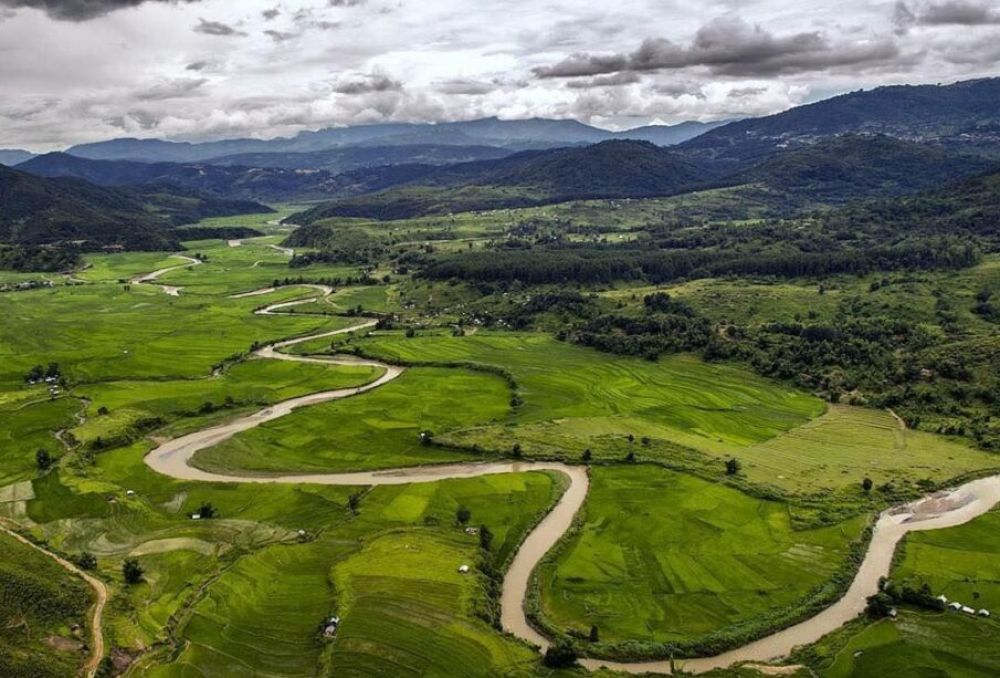

Nestled in the lush greenery of Northeast India, Senapati is a district in the state of Manipur renowned for its vibrant culture and picturesque landscapes. While the history of tourism in Senapati is not extensively documented as compared to other regions, it is evident that the destination has been silently echoing with the footsteps of various explorers and travelers over time.
The roots of tourism in Senapati can be traced back to the early days of tribal hospitality. The indigenous people, majorly comprising of the Naga tribes, had a rich tradition of welcoming visitors, which set the fundamental tone for tourism. The inherent cultural festivities and unique lifestyle of the locals have always been a point of interest for those eager to explore untouched traditions.
Realizing the potential of this scenic region, in recent years, the Manipur State Government has taken steps to promote Senapati as a key destination for cultural and eco-tourism. This included upgrading infrastructures like roads, guesthouses, and the development of community-based tourism initiatives that encourage interaction between tourists and local communities.
Senapati has witnessed a rise in eco-tourism activities, with tourists seeking a connection with nature and a taste of adrenaline-pumping adventures. Trekking, rock-climbing, and exploring the flora and fauna are some of the experiences that attract visitors to this serene district. The Maram Khullen, one of the oldest and largest villages in the district, has become a focal point for understanding the rich traditions and customs of the local people.
The colorful and vibrant festivals of Senapati, particularly the Barak Spring Festival, have gradually morphed into tourist attractions, drawing crowds from different parts of the world. Celebrated with great joy, these festivals showcase traditional dances, songs, and ethnic attire, providing a cultural feast for visitors.
In the present day, Senapati's tourism industry is embracing digitalization and social media to reach potential travelers. With the rise of travel blogging and photography, more people are discovering the district's natural beauty and cultural richness. Sustainable tourism practices are being promoted to preserve the environment and empower local communities.
Senapati's journey as a tourism destination is an ongoing narrative, blending the harmony of its pristine environment with the warmth of its indigenous people. As connectivity and awareness improve, so does the potential for Senapati to become a beacon for responsible and immersive travel experiences in the Northeastern region of India.